Toasting Your Friends Once Involved Actual Toast
As in crispy bread.
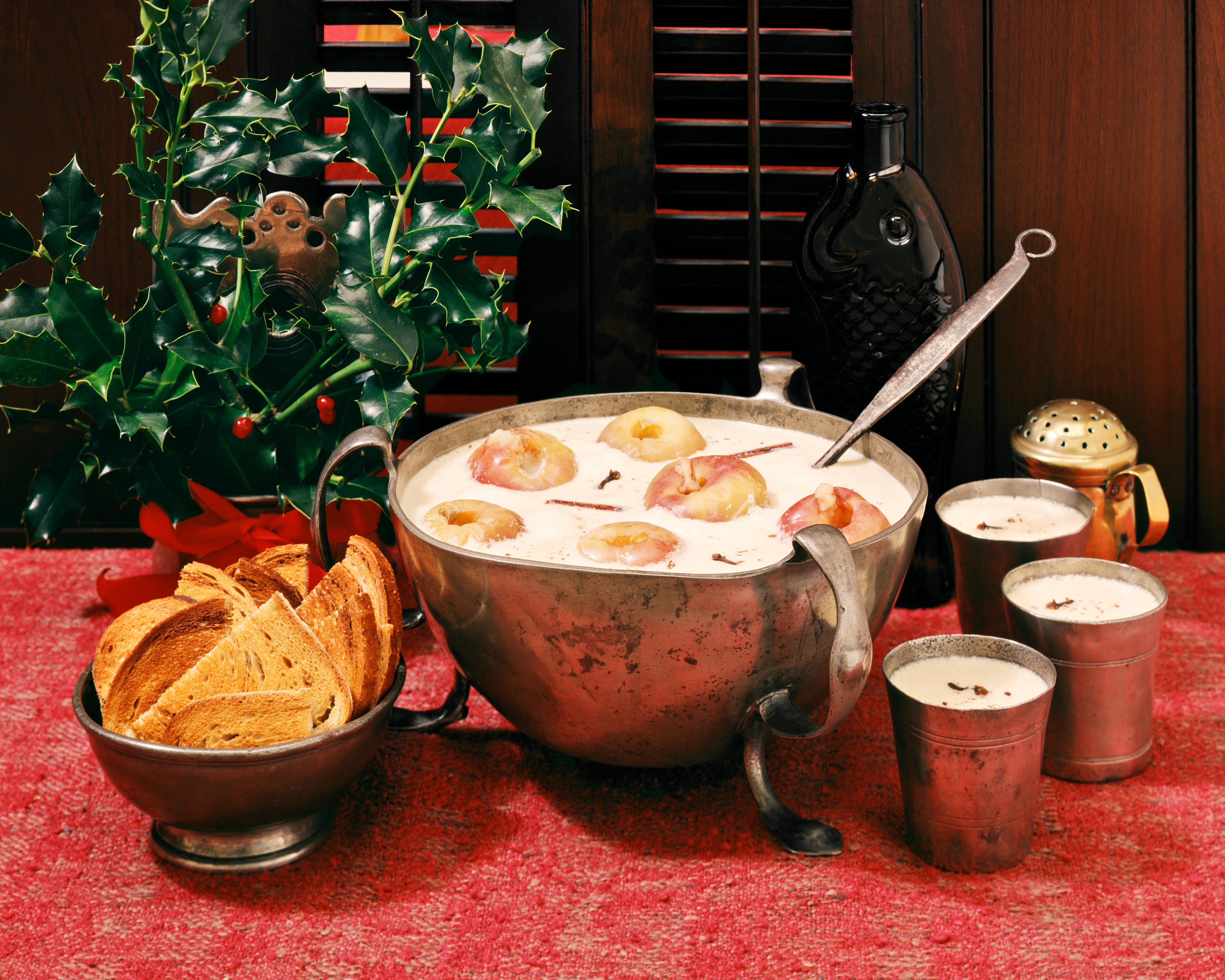
During the holidays, we often try to capture the feeling of celebrations past. Usually, that means making traditional foods, whether it’s our great-aunt’s fruitcake or the family eggnog. Holidays have a way of preserving vintage recipes that we’d never normally consider. But one custom has truly died out: the centuries-old tradition of toasting with actual toast.
People have been drinking to each other’s health since time immemorial. The origins of the term “toast” for a drinking ritual is perhaps related to these boozy blessings. Sixteenth-century German students often shouted the Latin word Prosit, meaning “May it do you good!” during drinking sessions. “Prosit” eventually morphed into the German toast “Prost!” (Or so many scholars believe.) It’s not hard to imagine the leap from “prost” to “toast.”
But another theory that’s gained credence among food historians is that the term originates from the surprisingly frequent practice of mixing toast and alcohol. For a time, proposing a toast called for wine or beer, garnished with a slice of bread.

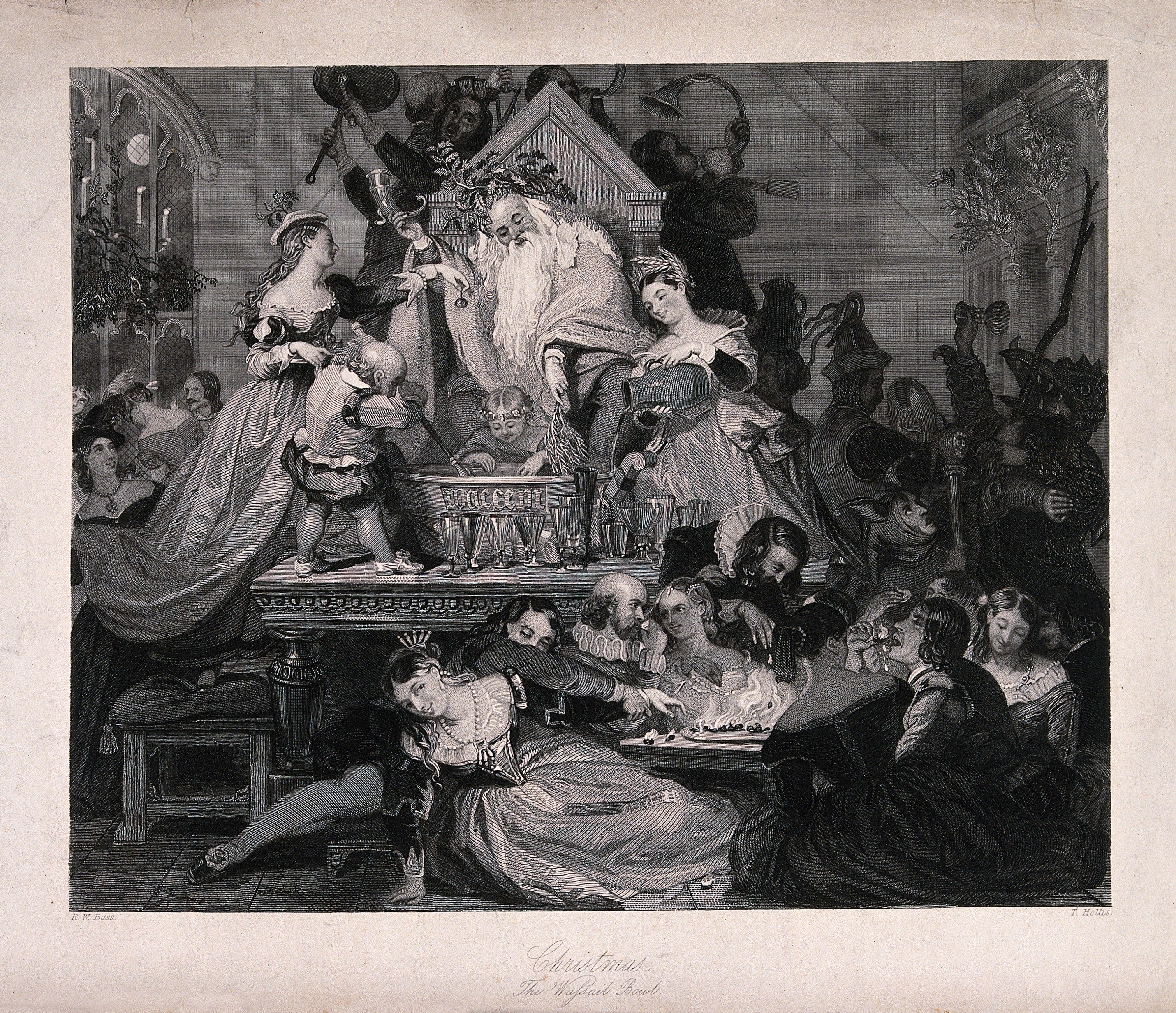
Although it now seems strange, for the privileged in medieval Europe, no day was complete without a bowl of warm wine and “sop,” sodden, toasted bread. Even Joan of Arc was known to enjoy it. For everyone else, warm, ale-soaked bread was an inexpensive, calorie-filled meal. But sops were added to soup and milk as well. Toasted bread was a potent symbol of plenty. The English even covered apple trees in cider-dipped toast, as part of an ancient ritual for a good harvest. (The custom is still ongoing.)
Recipes for the toasts called for fine white bread, cut and toasted on a fire. Then, they were flavored with sugar, ginger, or green herbs such as borage and sorrel. These dishes was so essential to the British diet that the words “soup” and “supper” are both derived from sop. They snuck into slang, too: “Milksop” was an old-fashioned insult that implied weakness and flabbiness. But toasted bread in wine could pack a punch. The politician and philosopher Francis Bacon observed that “sops in wine, quantity for quantity, inebriate more than wine of itself.”

Even as sops became less central to the European diet (bread-filled French onion soup is a survivor of the custom), it hung around in drinks. The Elizabethans ladled out wassail, an ancient drink of ale and cider with floating toast, to carolers going door to door. Around the same time, Shakespeare’s heavy-drinking character Falstaff called for a “toast.” But what he wanted was bread along with his fortified wine.
Drinking to each other’s health became more popular than ever in the early 1700s, according to linguist Dan Jurafsky. With cups filled with hot wine and ale, topped with soggy bread, drinkers toasted each other with elaborate, clever speeches. It was a type of drinking game that usually ended with everyone getting extremely drunk. Around this time, “toast” began referring to the practice rather than the food.
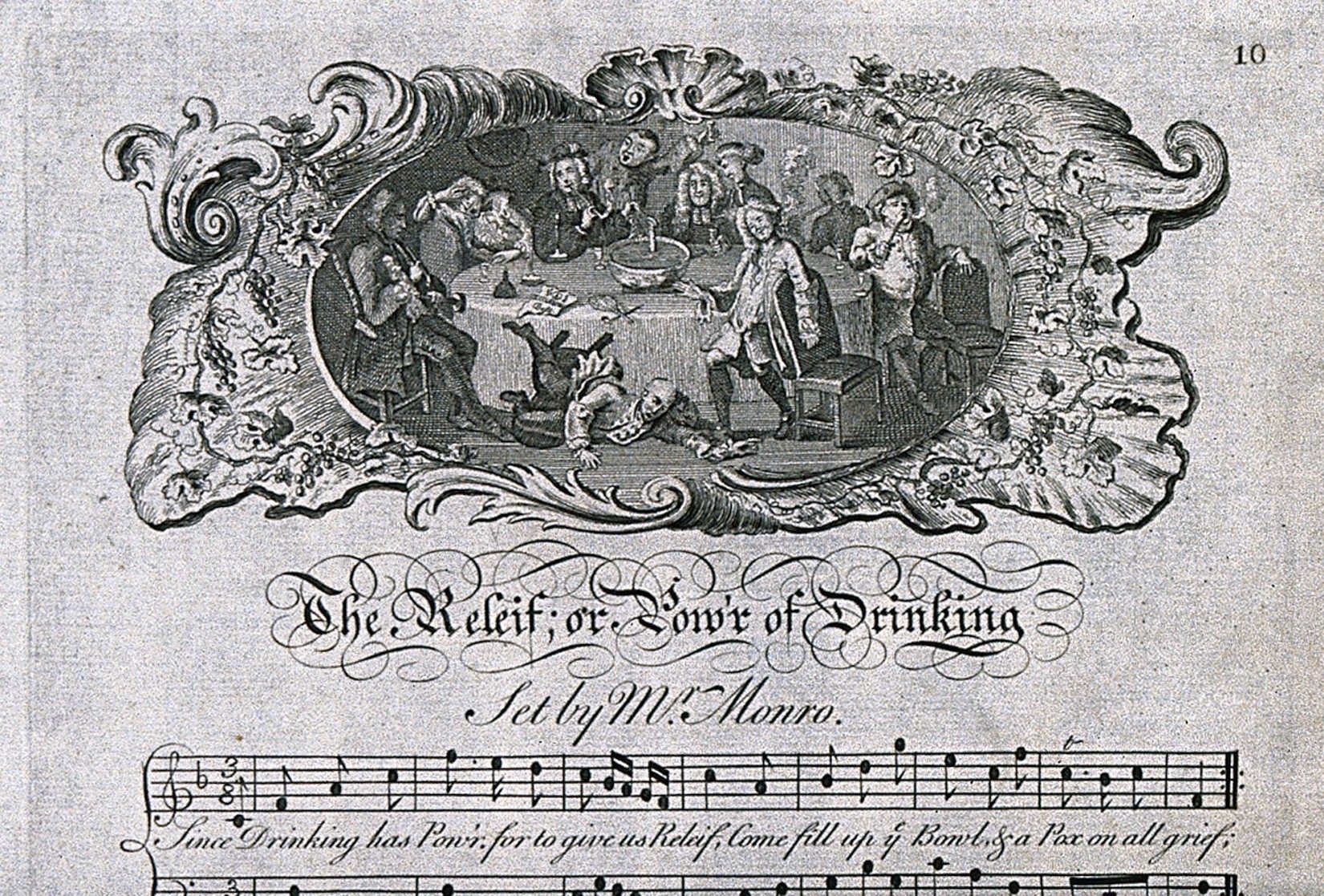
Most of all, drinkers wanted to toast beautiful women. If a lady was considered particularly beautiful, she could even become the “toast of the town.” One writer in 1712 gave the definition of a town “toast” as simply “the lady we mention in our Liquors.” Another writer attributed the term to a much more disgusting origin. A generation before, he writes, an extremely beautiful lady was bathing in one of the hot springs in the town of Bath. A crowd of her fans stood outside the building, and one drank a cup of her bathwater as a sign of his devotion. Another admirer declared he didn’t like the idea of drinking such a thing—he’d rather have the toast. (In other words: the lady.)
So if you’re looking for a traditional alternative to eggnog during the holidays, you can make a wassail bowl and cover it with toast. (It’s both a drink and a snack!) Or feel free to update the tradition by cramming toast into your Champagne flute.
This story originally ran on December 19, 2017.
Gastro Obscura covers the world’s most wondrous food and drink.
Sign up for our regular newsletter.








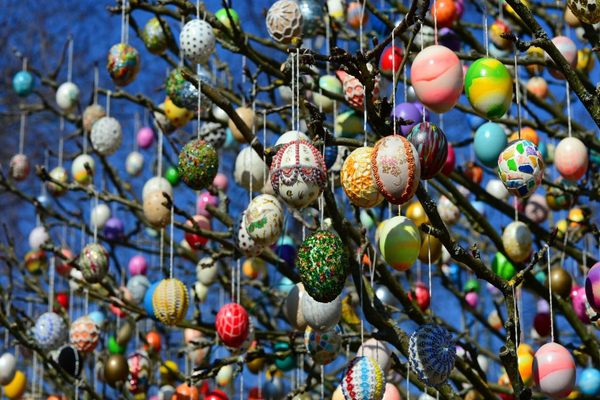

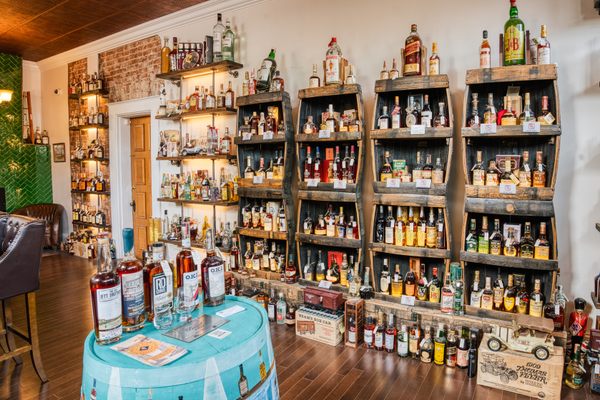



















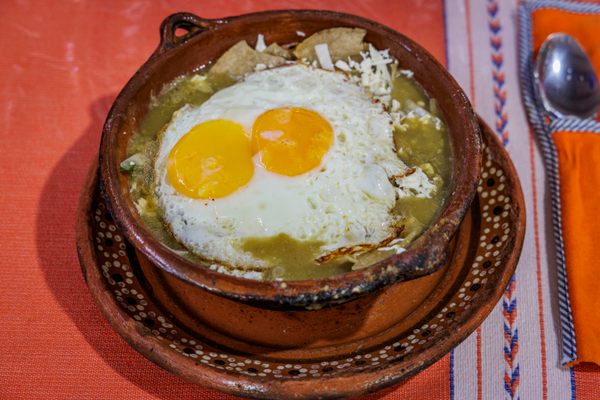



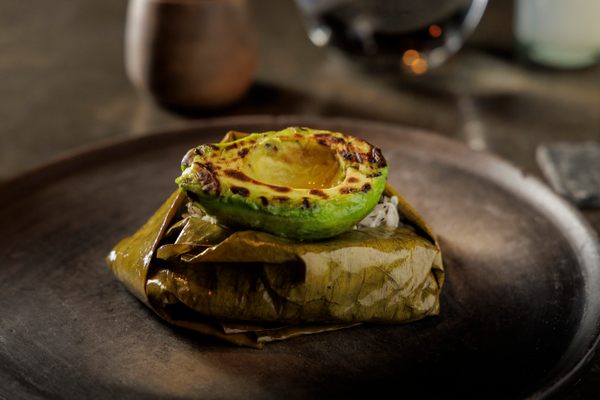

Follow us on Twitter to get the latest on the world's hidden wonders.
Like us on Facebook to get the latest on the world's hidden wonders.
Follow us on Twitter Like us on Facebook